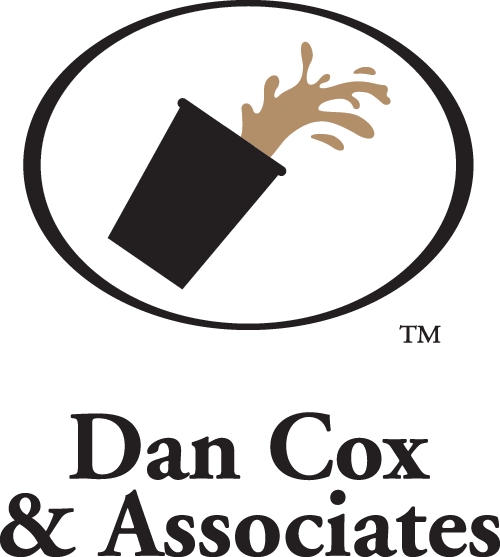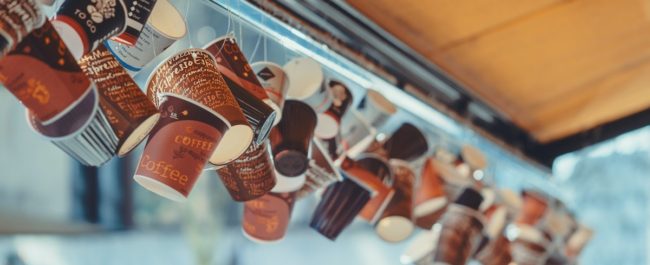Caution! Don’t Get Caught Without a Hot Beverage Warning Label!
“Caution: Contents Hot.”
Those three words, and many alternate variations, have ubiquitously adorned the lids and cups of coffee, tea, and other hot beverages since Stella Liebeck became a household name in 1994. In the infamous Liebeck vs. McDonald’s Restaurants lawsuit, she won a significant judgment against the restaurant following severe burns to her lap when the 180-degree coffee she was holding spilled and soaked her clothing, becoming trapped against her skin.
The lawsuit received widespread media coverage, sparking many questions—and jokes. “It’s coffee: Of course it’s hot!” people claimed. But the truth is that most people don’t recognize that the temperature coffee is brewed and served at can be hot enough to scald within seconds. Hot beverages are meant to be handled with extreme care.
Along with safe handling practices, warning labels arose as part of any robust and sensible safety plan to prevent spills and burns like the ones Liebeck suffered.
What purpose do warning labels serve?
- Protect your customers. Warning labels provide an extra dose of prompting to your customers to remember that the beverage they are holding can burn. Customers are often distracted and in a hurry, and well-insulated coffee and tea cups can disguise the temperature of their contents. Similar to warning labels on other beverages—such as on wine and beer, where labels warn of danger mixing alcohol with driving or pregnancy—hot beverage warning labels alert customers to the potential dangers of careless handling. They remind customers to slow down and take care when holding and sipping their drink.
- Protect your employees. Prominent and clear warning labels remind servers to take additional care with hot drinks, avoiding spills and injury in the workplace. They also cue employees to issue verbal guidance to the customer prior to serving the drink as an additional safety measure.
- Protect your business. Hot beverage warning labels are not generally legally required, but they fall into the category of best practices of responsible companies. While they are not a guarantee that spills and burns won’t still happen, hot beverage warning labels present a good faith attempt to cover every avenue available to protect customers. These attempts and hot beverage safety practices will enable you to get ahead of regulations, and will be evidence in court—should a customer sue—that your company takes safety seriously when serving coffee, tea, hot chocolate, and other hot drinks.
What makes a good hot beverage warning label?
A warning label should:
- Be clear and simple to read. While we’ve seen some brands turn their warning into a clever or funny statement, we recommend a short, direct statement. This alerts the consumer quickly and enables the warning to actually do its job.
- Be immediately visible from a natural holding or drinking position. If the consumer has to move their hand, hold the cup at eye level, or turn the cup to read a warning, it is likely to do more harm than good.
- Incorporate a symbol. Before our brains can even process language, a symbol or image cues us to information we need immediately. The handicapped symbol, or a Do Not Enter sign, are good examples of images that are so clear as to be universally, instantly understood.
The minor cost or inconvenience of adding a hot beverage warning label or modifying your brand’s warning label is an important investment to make that can reduce coffee and tea spills and burns.

